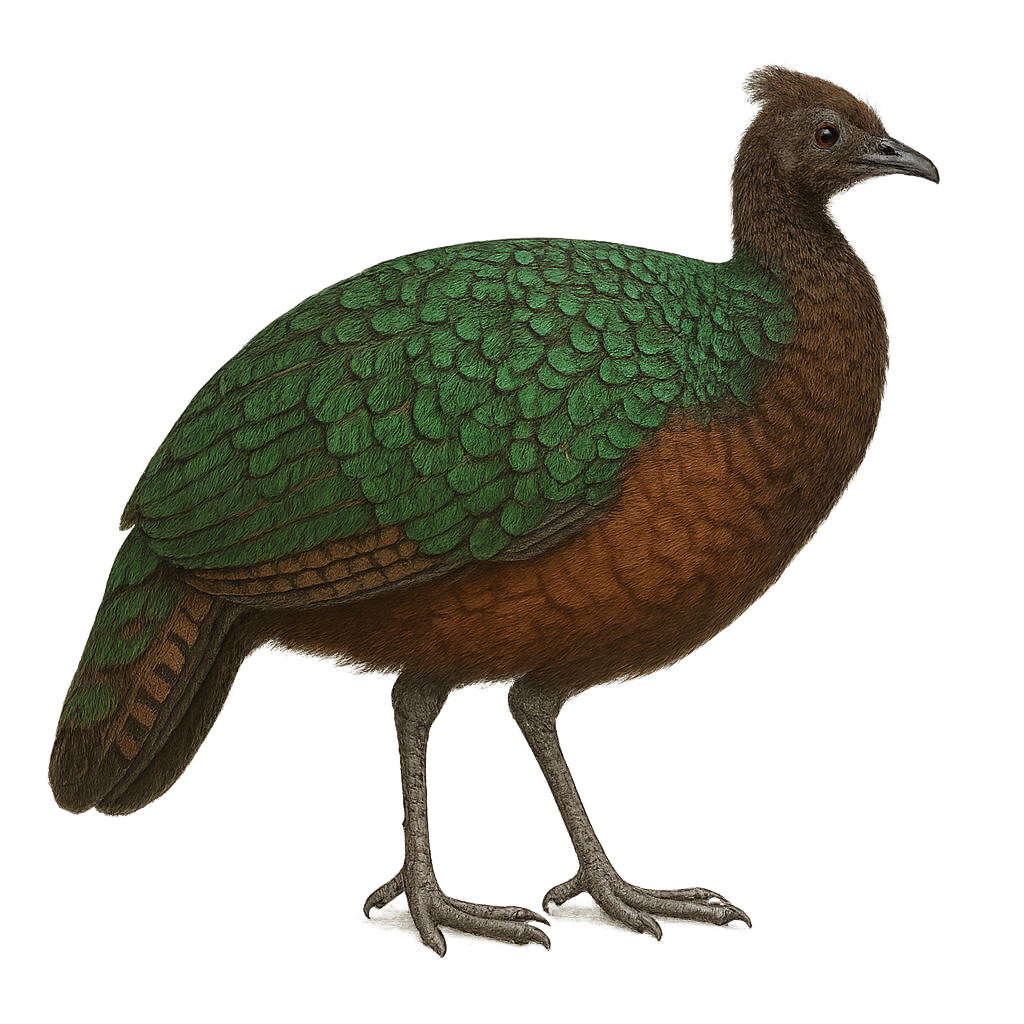Your wildlife photography guide.
Explore the congo peafowl in detail, study its behavior, prepare your shots.
Where to observe and photograph the congo peafowl in the wild
Learn where and when to spot the congo peafowl in the wild, how to identify the species based on distinctive features, and what natural environments it inhabits. The WildlifePhotographer app offers tailored photography tips that reflect the congo peafowl’s behavior, helping you capture better wildlife images. Explore the full species profile for key information including description, habitat, active periods, and approach techniques.
Congo Peafowl
Scientific name: Afropavo congensis

IUCN Status: Near Threatened
Family: PHASIANIDAE
Group: Birds
Sensitivity to human approach: Shy
Minimum approach distance: 10 m
Courtship display: April to May
Incubation: 26-28 jours
Hatchings: April to June
Habitat:
Tropical forests, dense undergrowth
Activity period :
Primarily active during the day, with peak activity in the morning and late afternoon.
Identification and description:
The Congo Peafowl, or Afropavo congensis, is a rare and fascinating bird species endemic to the tropical forests of the Democratic Republic of the Congo. This magnificent bird is distinguished by its iridescent plumage with metallic hues of blue, green, and bronze. Unlike its Asian cousin, the Indian Peafowl, the Congo Peafowl is smaller and less flamboyant but equally captivating. Males display a distinctive crest and a relatively short tail, while females have duller plumage, aiding their camouflage in dense vegetation. These birds are primarily terrestrial, feeding on seeds, fruits, and small invertebrates. Their discreet behavior and restricted habitat make them difficult to observe, but their conservation is crucial for the region's biodiversity.
Recommended lens:
400 mm – adjust based on distance, desired framing (portrait or habitat), and approach conditions.
Photography tips:
To photograph the Congo Peafowl, it's essential to blend into the environment and remain patient. Use a telephoto lens of at least 400mm to capture detailed images from a distance without disturbing the bird. Favor early morning hours when the soft light highlights the metallic sheen of its plumage. Be attentive to subtle movements in the undergrowth, as these birds are often well camouflaged. A tripod can be helpful to stabilize your camera in the low-light conditions of the tropical forest.
The WildlifePhotographer App is coming soon!
Be the first to explore the best nature spots, track rutting seasons, log your observations, and observe more wildlife.
Already 1 431 wildlife lovers subscribed worldwide

